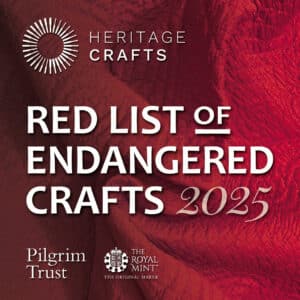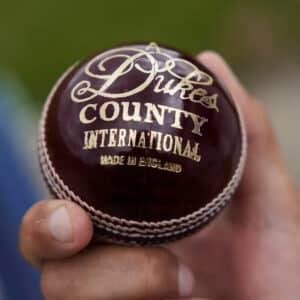The Red List
of Endangered Crafts

The Heritage Crafts Red List of Endangered Crafts, first published in 2017, was the first report of its kind to rank traditional crafts by the likelihood they would survive to the next generation, based on intangible cultural heritage safeguarding principles, led by Heritage Crafts, the only UK UNESCO-accredited NGO working primarily in the domain of traditional craftsmanship.
The list attracted extensive media coverage both in the UK and abroad, shining a light on heritage craft practices under threat from a number of identifiable issues. It is our hope that this research will act as a call to action to those who have it within their power to resolve or alleviate these issues, and that this project will mark the start of long-term monitoring of heritage craft viability and a shared will to avoid the cultural loss that is borne each time a craft dies.
Heritage Crafts is committed to updating the list on a regular basis, and so, with support from the Pilgrim Trust, over 900 organisations and individuals were contacted directly by email and telephone and invited to contribute to the research between September 2024 and May 2025. Participants were asked to provide background information about each craft, such as its history, techniques and local forms, as well as current information relating to the number of skilled craftspeople and trainees, and the ongoing issues affecting the viability of the craft, including the effects of the current energy crisis.
Each craft was then classified into one of four categories of endangerment using a combination of both objective criteria (such as numbers of crafts people and trainees) and subjective criteria (issues affecting the future viability of the craft including training opportunities and market trends). Issues affecting the viability of heritage crafts vary on a craft-by-craft basis, though many can be grouped, and possible solutions devised that will help many crafts practices become more viable.
For the purposes of this research, a heritage craft is defined as ‘a practice which employs manual dexterity and skill and an understanding of traditional materials, design and techniques, and which has been practised for two or more successive generations’. The research focuses on craft practices which are taking place in the UK at the present time, including those crafts which have originated elsewhere, and on those aspects of each craft with a high reliance on hand-work and which involve high levels of hand skill.
If you have any queries about the research, are aware of a heritage craft that is not listed, or have further information to add about any craft, please contact redlist@heritagecrafts.org.uk.


















